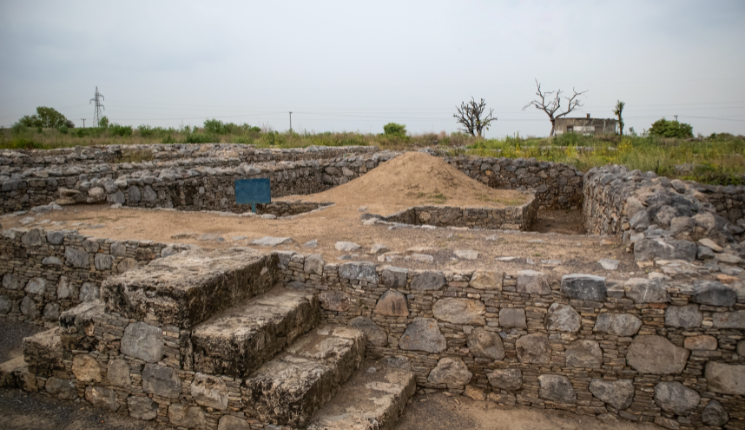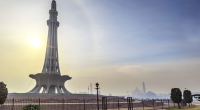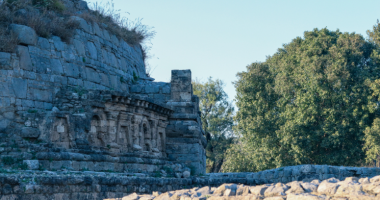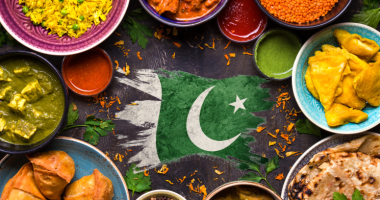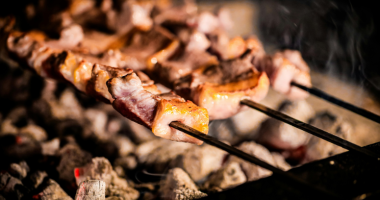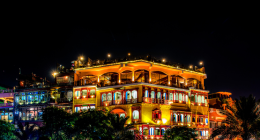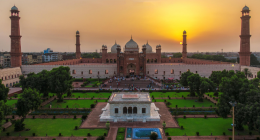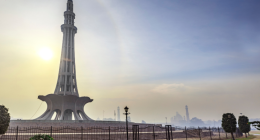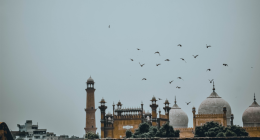Let’s travel back in time, shall we? The Taxila heritage sites are more than stones and ruins—they’re a cultural time capsule. Located near Islamabad, this ancient city tells rich tales of kings, monks, scholars, and empires—all layered across centuries. In fact, it has long stood as a crossroads of civilizations, where East met West and faiths coexisted.
Recognized by UNESCO in 1980, Taxila is a must-see destination for history lovers. Surrounded by lush green hills and scattered with stone remains, it once thrived as a center of learning, spirituality, and trade. Moreover, its ancient monasteries, stupas, and streets speak volumes about the region’s Buddhist legacy.
Whether you’re a curious traveler, a student, or just a fan of history, Taxila offers something unforgettable. So, pack your curiosity, because this ancient land is waiting to share its story.
1. Dharmarajika Stupa – A Sacred Taxila Heritage Landmark
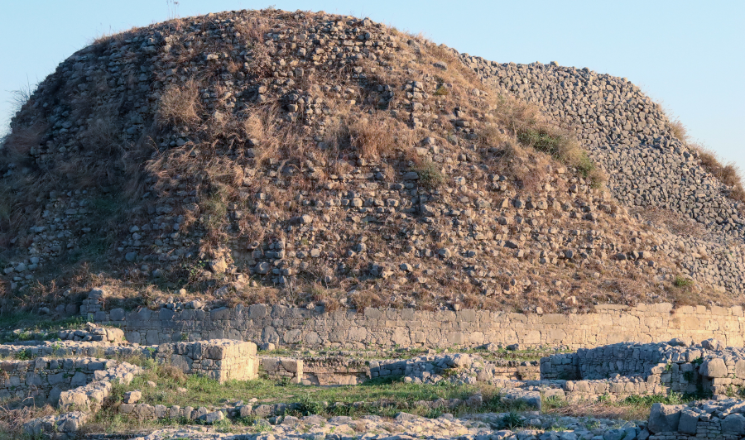
Among the top Taxila heritage sites, the Dharmarajika Stupa stands out as a sacred relic. Built by Emperor Ashoka in the 3rd century BCE, this Buddhist stupa once enshrined remains of the Buddha himself.
Surrounding the main dome are smaller stupas and monastic cells, where monks once meditated. Although time has weathered the structures, the site still holds a peaceful charm.
Interestingly, artifacts from this site now rest in the Taxila Museum, just a short drive away. This makes Dharmarajika a must-visit if you’re tracing early Buddhist architecture and legacy.
Tip: Use Google Arts & Culture to view 3D models of relics from the site.
2. Jaulian Monastery – Buddhist Learning Legacy
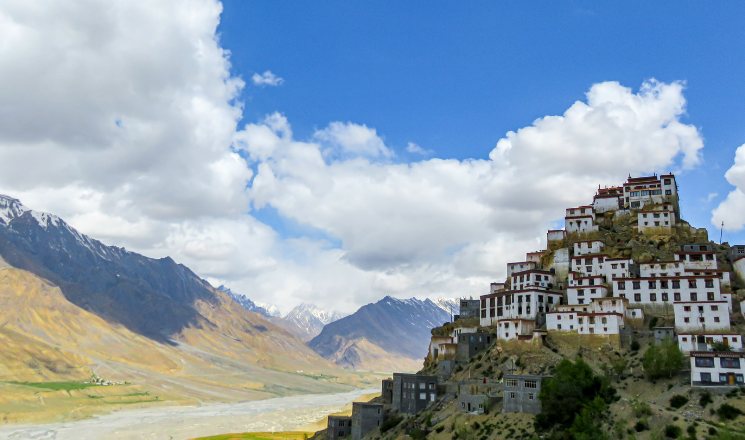
Next in our journey through Taxila heritage sites is the Jaulian Monastery, perched atop a nearby hill. Built in the 2nd century CE, this monastery served as a Buddhist university with meditation halls, classrooms, and even a stone library.
One of its highlights is the set of Buddha statues, many still bearing traces of original gold leaf. Also, the iconic Buddha footprint stone is preserved here—truly a unique piece of history.
From the top, the view across Taxila Valley is breathtaking. It’s no wonder monks once chose this peaceful hilltop for study and reflection.
Helpful app: Pakistan Heritage App offers site history and audio guides.
3. Mohra Moradu – A Hidden Buddhist Treasure
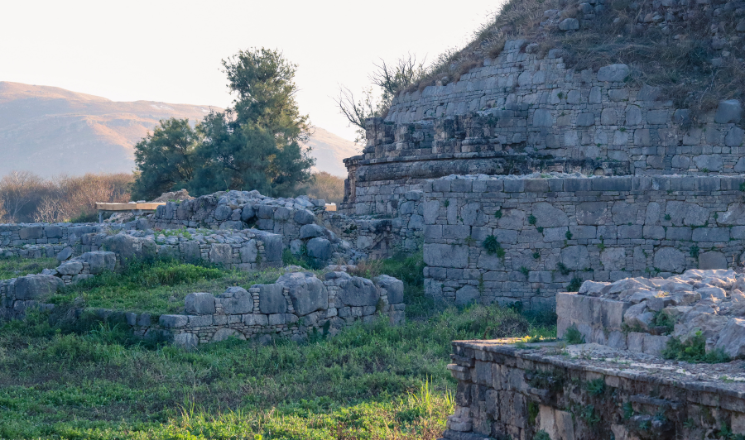
Tucked away between larger ruins lies Mohra Moradu, another gem among the Taxila heritage sites. Though smaller, this monastery is rich in artistry and peaceful vibes.
The complex includes a stupa, monks’ quarters, and a beautiful courtyard. The carvings on the outer walls are surprisingly well-preserved, showcasing life from the Kushan era.
It’s quieter than the main tourist spots, making it ideal for thoughtful exploration. The calm environment and spiritual ambiance make this site feel almost untouched.
Use this tool: Google Earth to get an aerial view and plan your route through the ruins.
4. Sirkap Ruins – Fusion of Faiths and Cultures
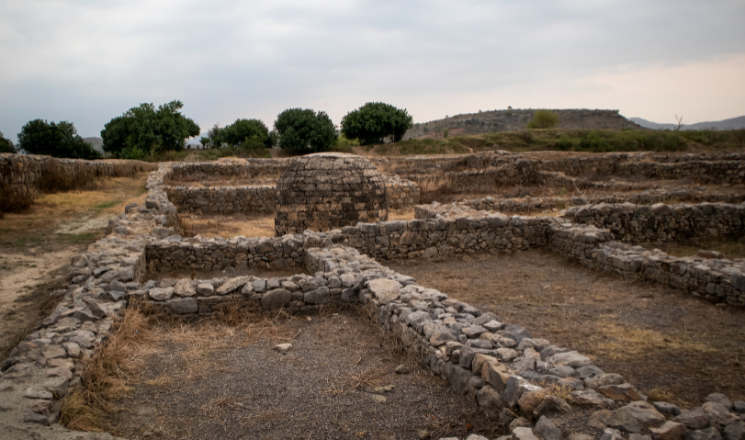
The ancient city of Sirkap offers a completely different angle on Taxila heritage sites. Built by the Indo-Greeks around the 2nd century BCE, it was later inhabited by Scythians, Parthians, and Kushans.
Here, you’ll find a unique mix of architecture—Greek columns beside Buddhist stupas and Hindu shrines. One standout is the Double-Headed Eagle Stupa, an artistic symbol blending East and West.
The city’s layout is based on a grid plan, showing early urban planning influences from Greek civilizations. Walking these streets feels like moving through multiple cultures at once.
App tip: Use Maps.me for offline navigation and GPS tagging of ancient structures.5.
5. Bhir Mound – The Oldest Site in Taxila
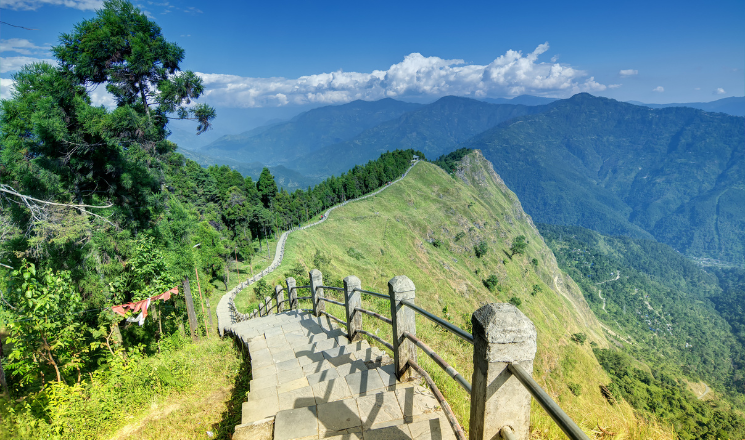
Of all the Taxila heritage sites, Bhir Mound is the oldest. Dating back to the 6th century BCE, this site was the original urban settlement of Taxila, possibly during the Achaemenid Empire’s reign.
Though not as visually stunning as other sites, Bhir Mound is packed with historical significance. Excavations have revealed early coins, tools, and the remains of old homes—proof of ancient life in South Asia.
Its humble appearance hides its importance as a birthplace of early city planning in the region. If you’re fascinated by ancient foundations, Bhir is a must-see.
6. Taxila Museum – The Soul of the Sites
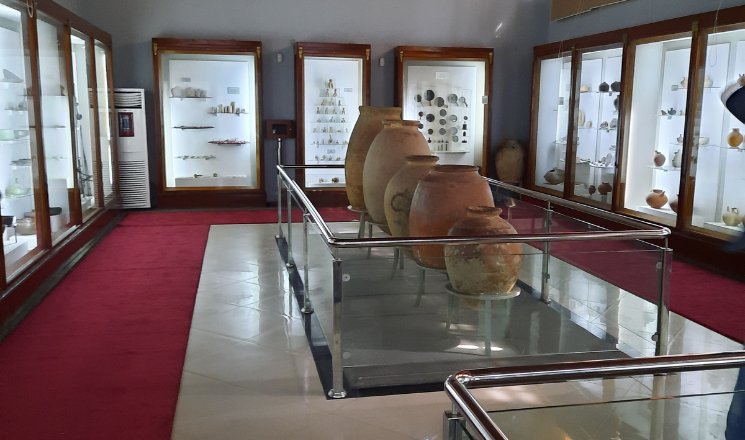
No tour of Taxila heritage sites is complete without visiting the Taxila Museum. Here, you’ll find artifacts collected from Dharmarajika, Sirkap, Mohra Moradu, and beyond.
The collection includes intricate Gandharan sculptures, gold jewelry, Buddhist relics, and tools that span centuries of human history. English labels and guided tours help make sense of the rich narratives tied to each item.
From stone Buddhas to ancient coins, the museum offers deep insights into how cultures and religions shaped Taxila’s evolution.
Explore More: Use the Smart History app to get academic insights on specific artifacts during your visit.
Final Thoughts on Taxila Heritage Sites
Exploring the Taxila heritage sites is not just about ruins—it’s about understanding ancient civilizations. These historic gems reveal how diverse cultures, such as the Greeks, Persians, and Buddhists, once coexisted peacefully. Without a doubt, each site—from the sacred stupas to the educational monasteries—has its own unique story.
Moreover, visiting these ancient heritage sites helps us reconnect with a time when art, faith, and scholarship were deeply valued. Unlike many other places, the Taxila ruins offer layers of insight into early urban planning, religious harmony, and cultural blending.
For those who crave more than just photos, these Buddhist sites in Pakistan offer a spiritual and intellectual journey. And if you’re eager to learn and reflect while surrounded by history, Taxila is exactly where you should be.
So, next time you’re planning a cultural adventure, don’t overlook these remarkable monuments. Truly, Taxila heritage sites are living reminders of how knowledge, tolerance, and beauty shaped the subcontinent.

